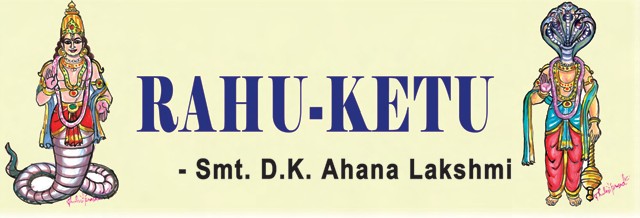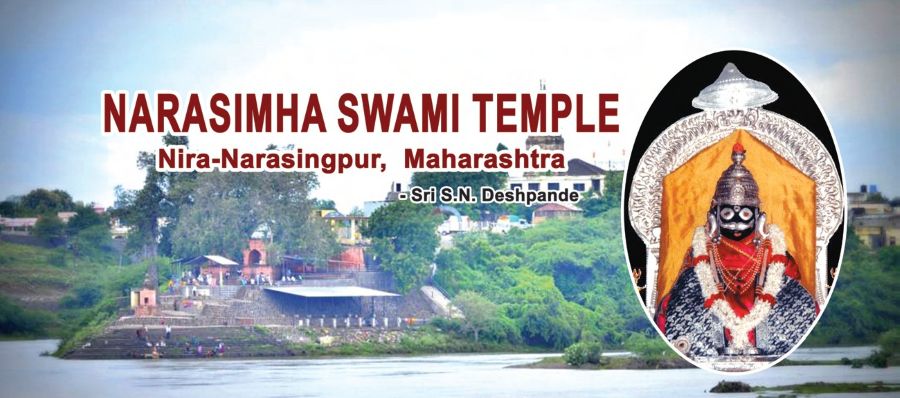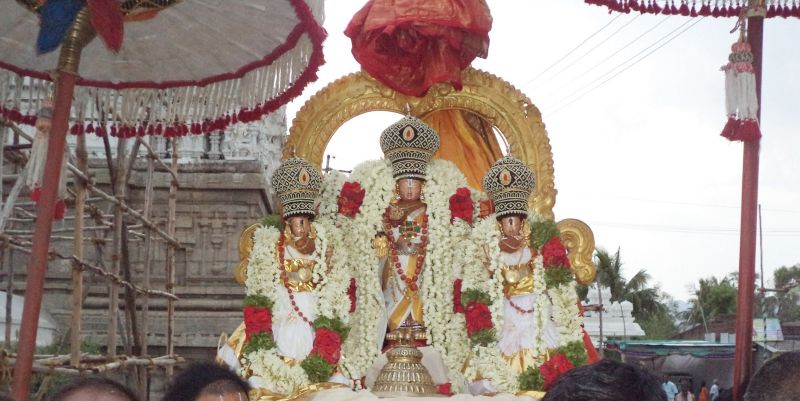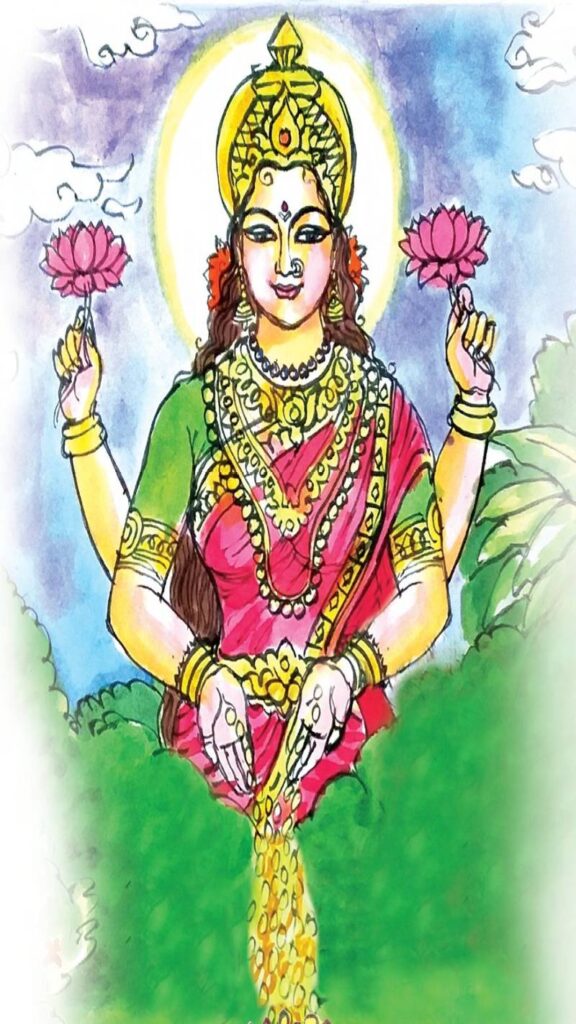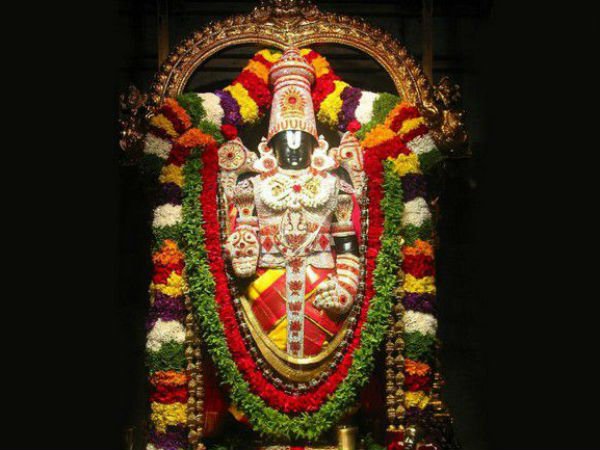Rahu Ketu Effects: Understanding Their Influence on Your Life Rahu Ketu are called Chaya graha or shadow planets but are considered astrologically very important. Unlike other grahas, they do not rule over a physical planet and do not correspond to any day of the week. Astronomically, they are supposed to denote the points of intersection Read More
Author:
The Managerial Qualities in Sri Hanuman Chalisa
Sri Hanuman Chalisa The ‘Hanuman Chalisa’ was written by Sant Tulasidas in praise of Lord Sri Hanuman, in ‘Avadhi (a local dialect of Hindi)’ language. Sri Hanuman was an ardent devotee of Lord Sri Rama. He is a central character in the Indian epic Ramayana and its various versions. Sri Hanuman participated in Rama’s war Read More
Lakshmi Narasimha Swamy Temple, Nira Narasingpur
Lakshmi Narasimha Swamy Temple – Nira Narasingpur – Maharastra The fourth incarnation of Lord Vishnu is Narasimha Swami. Most of the temples of this 4th Incarnation Lord Vishnu, are situated in A.P., Telangana and Karnataka with very few in other parts of Northern India. However, there is one very unique and also ancient famous temple Read More
Sri Kalyana Venkateswara Swamy Temple, Narayanavanam
Sri Kalyana Venkateswara Swamy Temple Narayanavanam: A Spiritual Journey The holy place to which the Supreme deity of Kaliyuga Sri Venkateswara Swamy along with his consort Sri Padmavathi Devi went after their marriage for a stay for some time is ‘Narayanavanam’. The deity of the temple is ‘Sri Kalyana Venkateswara Swamy’ who is known for Read More
Lakshmi Jayanti: Worship Goddess Lakshmi for Prosperity & Wealth
Sri Lakshmi Jayanthi – 14.03.2025 Lakshmi Jayanti Significance: Why This Day is Important for Wealth & Fortune Penury is the root cause of all sorts of problems. The importance of money cannot be underestimated. To drive away penury from our lives, one has to placate goddess Mahalakshmi who stands as a personification of wealth and Read More
Sri Janardhana Swamy Temple, Varkala
Sri Janardhana Swamy Temple Situated on a small hilltop near the beach, Varkala Janardhana Swamy’s temple was constructed more than one thousand years ago. It is approximately 60 km from Thiruvananthapuram, Kerala. It is one of the ‘Abhimana Sthalams’ because of its uniqueness. The speciality of this temple is we can see the Lord’s Right Read More
Telugu New Year 2025 (Ugadi): Complete Guide to Celebrations & Traditions
Ugadi: Telugu New Year Festival – Date, Rituals & Food Telugu New Year – Ugadi on 30-03-2025 In every human being, instinctive and intuitive elements correspond to five senses namely sound, touch, sight, taste, and smell. These five elements are the foundational building blocks of the physical universe in the philosophy of Yoga. The ‘Panchabhutalu’ Read More
Celebrations at Tirumala – Ugadi 2025
Tirumala Ugadi 2025 Festival: Special Pujas and Events Sri Maha Vishnu while descending on our planet from Vaikunta brought with him beautiful mountains, valleys and water bodies. In addition, he brought along his chief attendant Sri Garuda and other retinue. He has blessed Telugu land with his choice of place and made Tirumala as Vaikunta Read More
Garland Offerings to Sri Venkateswara: Types & Sacred Importance
150 KILOS FRESH FLOWERS DAILY GETS THE DIVINE OPPORTUNITY Adorning Sri Venkateswara: The Sacred Garlands of Tirumala It is a strong belief of the devotees that just a glimpse of the Universal Supremo, Sri Venkateswara provides them the celestial bliss. Just imagine how blessed these flowers that deck the Almighty every day. Here are some Read More
Matsya Jayanti 2025: Auspicious Day for Devotees
Matsya Jayanti: Celebrating the First Avatar of Vishnu On the occasion of Matsya Jayanti 31-03-2025 According to the Matsya Purana, once upon a time, there was a king called Manu who left his kingdom and went to the Malaya country to perform penance. Lord Brahma was pleased and gave him the boon that he would Read More
